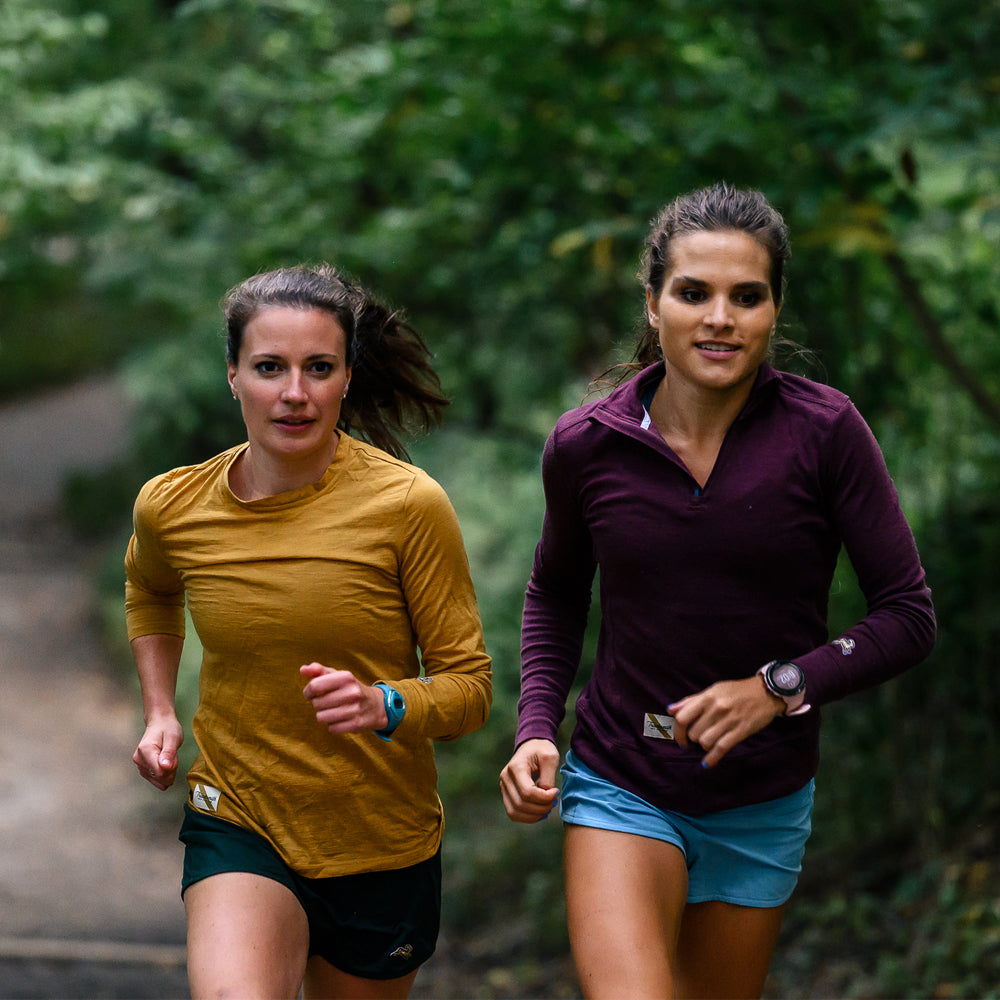Their comfiest model yet! I have tried nearly all the VJ shoes in the last 4 years and this one is one of the best for overall training miles, whether on the treadmill, road or trail. These have a generous toe box which I appreciate very much and are super light. Love the neutral colorway in tan or black. Overall a great and very versatile shoe, two thumbs up.
I was skeptical at first when I heard about the shoe being versatile for any terrain so I put it to the test right away. I brought it to a technical trail in Colorado because I wanted to make sure I got the same stickiness as I would with the Ultras and it passed. Then I wore them on the treadmill to see how they would respond to a firmer terrain and they were comfortable. Overall, they exceeded expectations and the fact that they have the wide toe box really helps keep space for the toes when running longer. Highly recommend!
Love this new Flow shoe from VJ. Its light, quick, roomy toe box and grippy as can be. Snagged some strava crowns on some downhills in these bad boys. Thanks VJ for continuing to innovate. Looking forward to the new Ultra 3!

These shoes are incredible! I love that I can wear them for a run, use them during workouts, or simply rock them as my everyday shoes. The wider toe box is so comfy, and my toes feel free and happy. The cushioning and lightweight design are just perfect! And Absolutely love the color!
Wow, these are amazing! I love that I can wear them on a run, workout in them or just wear them as my daily shoes. The wider toe box is super comfy and my toes feel happy and free. The cushion and lightweight design is perfect! Don’t hesitate, just buy them!!



